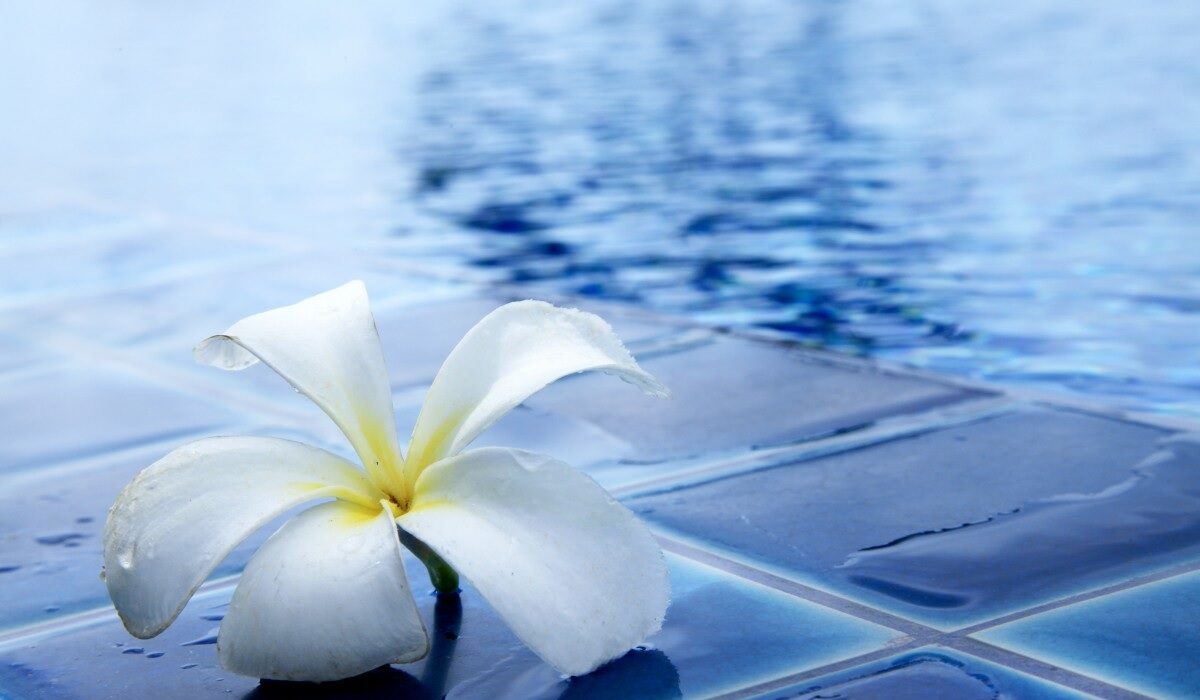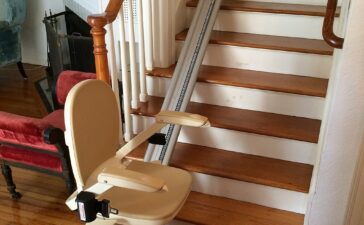Taking a dip in the pool on a hot summer day should feel relaxing and refreshing. However, there is nothing relaxing about swimming in green murky water. Algae blooms come on fast and are hard to get a handle on. Any algae left alive in the pool after treatment can result in a quick reinfestation. But, don’t drain the pool just yet. With some work and stubbornness, you can regain control and start enjoying your pool again.
Kill It
The first goal in clearing up your pool is to kill the algae. To do this, you need to super chlorinate the water. Ideally, you want to reach 30 parts per million of liquid chlorine. Check the level through water testing Pittsburgh. Make sure you achieve this level of chlorine so that the algae doesn’t come right back. If your pool uses a diatomaceous earth filter, then you can use granular shock. At this time, you also want to balance the PH level in your pool. If your PH levels are off when you shock the pool, then the water will turn very cloudy. Never swim in pools with this level of chlorine present.
Remove It
The next step involves removing all dead algae from the pool. This process is labor-intensive but will make all the difference. Run the filter for 24 hours after the chlorine is added. Next, clean the filter and scrub the sides of your pool. Make sure this is done thoroughly. Any dead algae left in the pool will turn into food for a new algae bloom. Also, skim any material from the surface of the pool. Organic material breaks down and gives algae everything it needs to survive.
Check the chlorine level again and add more if necessary. Then repeat the process. Run the filter for 24 hours, clean the pool and repeat. Continue this process until your water is clear. The more you clean out the filter, skim and clean the pool, the more likely your algae bloom will not return. Flocculant is a pool product that will help this process. It causes the dead algae to clump together, making it easier for the filter to trap.
Prevent It
The best way to prevent algae blooms is to test, test and test some more. Many factors affect chlorine levels in a pool, such as wind, rain, temperature, debris and amount of use. Therefore, do not lock yourself into a schedule when adding chlorine. Test it often and add chlorine as soon as it is needed. It also helps to keep your PH levels balanced and the filter clean. Then, your pool will not be a welcoming environment for algae, just humans trying to cool off.






